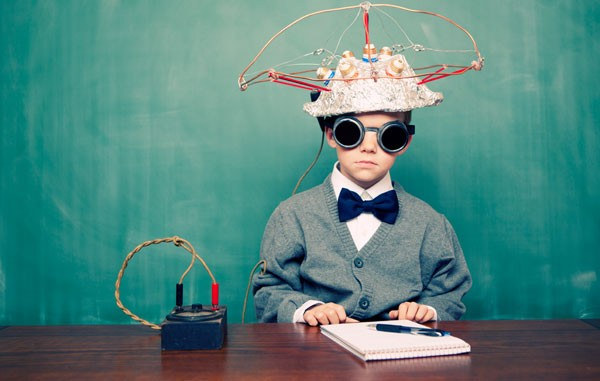How Does Mind Reading Work?
Our brains are capable of predicting the outcomes of future events better than we consciously realize. A specific area of the brain can sense when something is likely to happen, even if we consciously think otherwise. The discovery of neuroforecasting could potentially be used to predict election results or changes in financial markets.
Brain Activity and Market Predictions
To find out if market behavior can be predicted by studying a small group of people, Brian Knutson from Stanford University in California and his team scanned the brain activity of 30 individuals as they made decisions about funding 36 projects from the crowdfunding site Kickstarter. Afterward, participants were asked whether they wanted to fund each project.
When the Kickstarter campaigns ended a few weeks later, it turned out that 18 out of 36 projects received enough funding. By analyzing the participants’ brain scans, the team discovered that activity in a brain region called the nucleus accumbens was different when they considered projects that later became successful.
The researchers developed a special algorithm to recognize this brain activity. Using neural activity in the nucleus accumbens, the algorithm was able to predict which Kickstarter campaigns would get funded with 59.1% accuracy—better than random chance.
Conscious Predictions vs. Brain Signals
This contrasted with what the volunteers consciously thought. For each project, they were asked to rate how much they liked it and how likely they thought it was to get funded. Unlike their brain activity, participants predicted funding outcomes with only 52.9% accuracy—barely better than guessing.
Knutson’s team was so surprised by the results that they repeated the experiment with new participants and new Kickstarter projects—and got the same results.
“It’s a fascinating paradox,” says Stefan Bode from the University of Melbourne in Australia. “How does the brain ‘know’ what will succeed or fail, even when the person isn’t aware of it?”
Why Does This Happen?
Scientists don’t yet have a precise explanation for this phenomenon. It may be that when making decisions, people weigh various factors and don’t always listen to the “opinion” of the group of brain neurons responsible for predictions, especially when thinking about whether to fund a project and if others will support it.
Since activity in this brain area occurs at the very start of the decision-making process, it doesn’t always reach conscious awareness or become the deciding factor. However, on average, people are more likely to follow it than ignore it.
“If we can understand the origin of this phenomenon, it could be a big step forward in the field of neural prediction of behavior and might be applicable to different areas, such as healthcare or finance,” says Bode.
Improving Prediction Accuracy
By using other areas of the brain, prediction accuracy can be increased even further. When Knutson’s team applied their algorithm to all neural activity, they were able to predict Kickstarter results with 67% accuracy.
Knutson says that such neuroforecasting could be used in situations where research samples aren’t representative or when the target audience is unclear. For example, in marketing research or political polls, where the sample doesn’t always predict actual voting results, studying neural activity might help.



